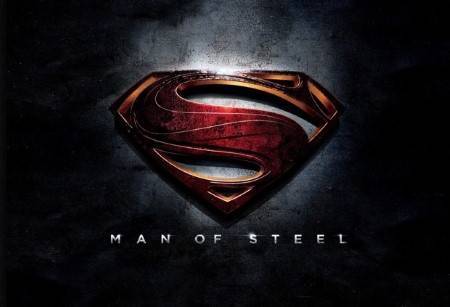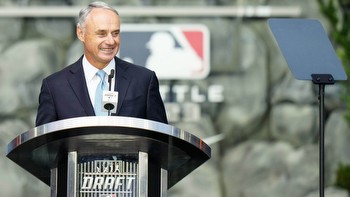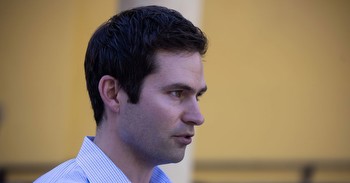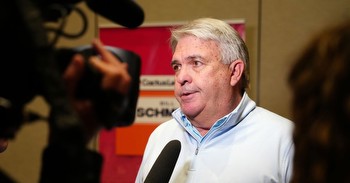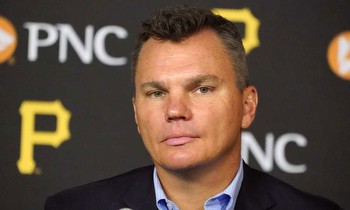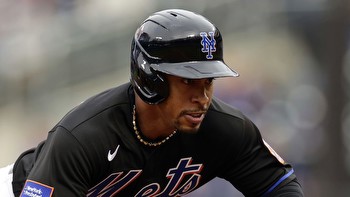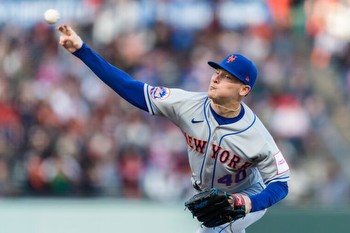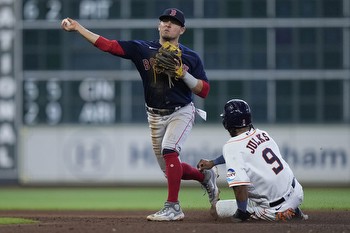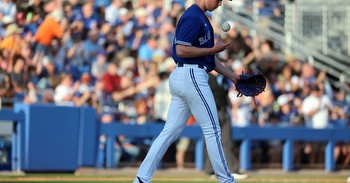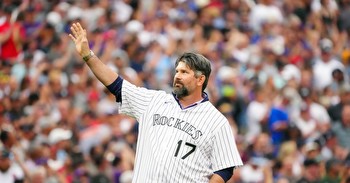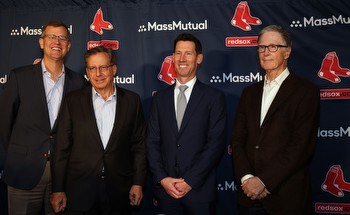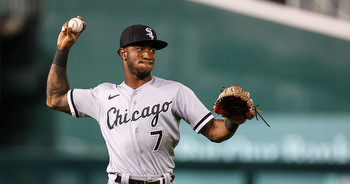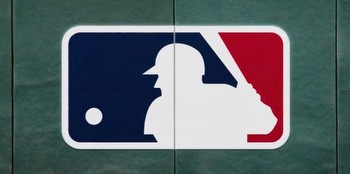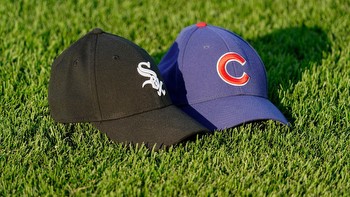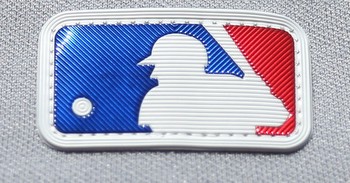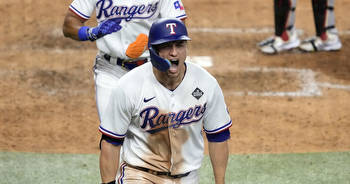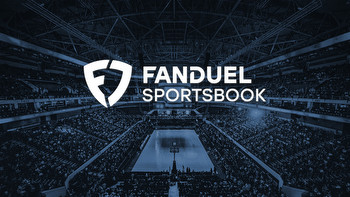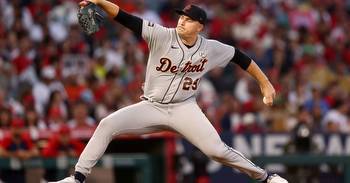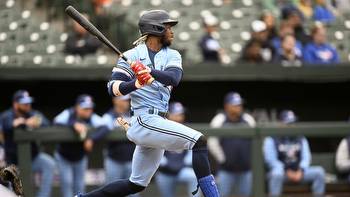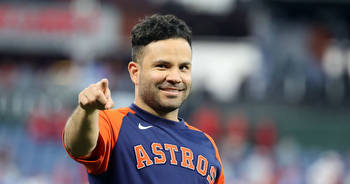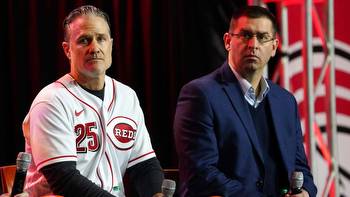Minnesota Twins 2024 Offseason Guide: Important Dates, Schedule, & Details
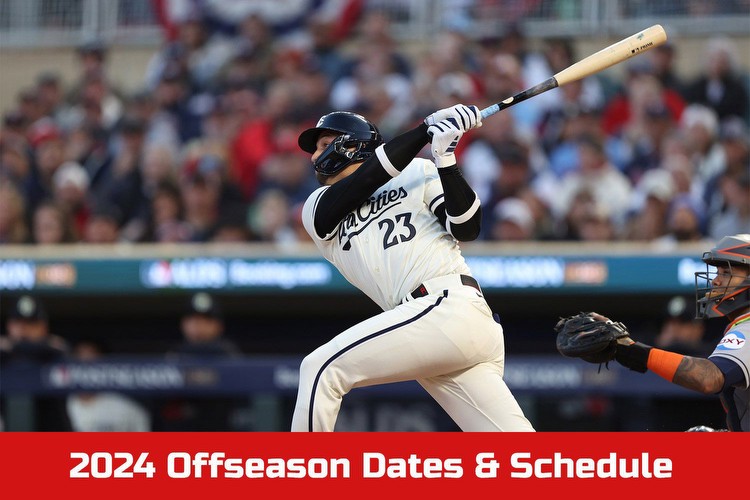
2023 was a great season of Twins baseball. The Twins had their biggest single game and series wins in 19 and 21 years, respectively. After a long 2023 offseason of wishing for the team to have an ace, one may have emerged in Pablo Lopez. This team would have sunk without the contributions of rookies Royce Lewis, Edouard Julien, and Matt Wallner, along with career resurgences from players such as Willi Castro, Ryan Jeffers, and Max Kepler. This team was flirting with a .500 record for a big part of the season, and it looked like they had zero chance to do anything of note in the playoffs if they even made it. After the All-Star break, things finally started to click. The strong starting pitching that had carried the team all year remained, and the bats started to heat up in a big way.
There are things to improve for the future, but the 2023 season was a big start. No matter any of the grudges you may have against this team, it is certain that 2023 was an overall success, and a lot of the framework is still in place for this team to make a run in future years. The streak is finally over; we can look to the future instead of dreading the past. Let's look ats specific dates and events and how this can and will affect the Twins during the long winter offseason. Enjoy!
2024 Free Agents
- Sonny Gray
- Kenta Maeda
- Michael A Taylor
- Donovan Solano
- Emilio Pagan
- Dallas Keuchel
- Tyler Mahle
- Joey Gallo
40 Man Roster (doesn’t account for any transactions that will inevitably happen; 38 spots are already full)
Pitchers (21 spots)
- Jorge Alcala
- Jordan Balazovic
- Matt Canterino
- Jose De Leon
- Jhoan Duran
- Kody Funderburk
- Brent Headrick
- Ronny Henriquez
- Griffin Jax
- Pablo Lopez
- Jovani Moran
- Bailey Ober
- Oliver Ortega
- Chris Paddack
- Joe Ryan
- Cole Sands
- Brock Stewart
- Caleb Thielbar
- Louie Varland
- Josh Winder
- Simeon Woods-Richardson
Hitters
- Ryan Jeffers
- Christian Vazquez
- Carlos Correa
- Kyle Farmer
- Edouard Julien
- Royce Lewis
- Jose Miranda
- Jorge Polanco
- Willi Castro
- Nick Gordon
- Max Kepler
- Alex Kirilloff
- Trevor Larnach
- Jordan Luplow
- Andrew Stevenson
- Matt Wallner
- Byron Buxton
2024 Offseason Timeline (detailed explanations following list of dates)
October 27-November 4: World Series
5 Days After Conclusion of World Series: League Wide Free Agency Begins (Player/Team/Mutual Options Due, Qualifying Offers also due)
November 7-9: General Manager Meetings
November 15: Rule 5 Protection Deadline, Qualifying Offer Decision Deadline
November 17: Non-Tender Deadline
December 3-6: Winter Meetings
December 5: MLB Draft Lottery
December 6: Rule 5 Draft
January 2024: BBWAA Hall of Fame Announcement
January 12: Arbitration Agreement Deadline
January 29-February 16: Arbitration Hearings
February 14: Pitchers and Catchers Report
February 23: Spring Training Game vs. Gophers
February 24: First Official Spring Training Game vs. Pirates
March 28: Opening Day at Kansas City Royals
World Series
This one is self-explanatory. The AL Champions will play the NL Champions in a seven-game series. When this series is over, the 2024 MLB offseason officially starts. World Series Game 1 is scheduled for October 27, whereas Game 7 is scheduled for November 4 (If necessary.) After the World Series concludes, there is a five-day window where many decisions (Options, Qualifying Offers) must be made before league-wide free agency begins.
Player/Team/Mutual Options
Like Qualifying Offers, contractual options must be decided on within five days of the conclusion of the World Series. These options are typically built into the contract when the player signs them. A player option signifies the player's choice to choose whether they would like to exercise the option. If it is a team option, the team can choose if they want to exercise it. On a mutual option, each team and the player’s side must choose to exercise it. For this option, both sides must agree to exercise their option. Otherwise, the player becomes a free agent. Often, mutual options do not happen due to the rarity of each side exercising the option. This year, the Twins have two players with options, both of which the team controls. The players are Max Kepler and Jorge Polanco, both of the longest-tenured Twins players. Ironically, they both agreed to an extension on the same day (February 14, 2019), with multiple years of team control left. It is widely believed both Kepler’s option ($10 million w/ $1 million buyout) and Polanco’s option ($10.5 million w/ $1 million buyout) will be exercised. It is more of a question of whether either will be traded or will still be Twins come Opening Day 2024.
Qualifying Offers
Like options, Qualifying Offers must be made within five days after the World Series ends. The Qualifying Offer's value typically increases yearly, as it is the average of the top 125 paid MLB players of the previous season. This year, the qualifying offer is slated to be just over $20 million. The only one of the eight departing free agents from the Twins who will likely receive a QO will be Sonny Gray, and he will most likely decline by the November 15 deadline at 3:00 PM CT. Sonny Gray will sign elsewhere, gaining the Twins a compensatory draft pick. If Sonny signs elsewhere for $50+ million, the Twins will receive a 2024 draft pick right before Competitive Balance Round A (Right after 1st round). If less than $50 million, it would be right after Competitive Balance Round B, after the 2nd round. Although Sonny Gray will almost definitely decline the Qualifying Offer, he has recently said that money is not the only thing that will determine his next team. He has also expressed his love for Minnesota. That leaves a possibility for him to come back, and if he does resign with the Twins on a different deal, all Qualifying Offer compensation is voided.
Free Agency
Free agency technically begins the day after the World Series ends. However, during the five days mentioned, the only conversations that can be had are between the free agents and the team they are departing. The Twins have eight free agents this year, some of which they will have interest in bringing back and others less. League-wide free agency starts after those five days are over. This could occur as soon as November 5 or as late as November 9. This is the free agency that the average fan would think of, where any team can contact any player about a possible deal. Most players will sign with a team before Spring Training begins, but it has happened in the past where players have started the season as free agents and signed with teams at the midway point (See Dallas Keuchel 2019 with the Braves.) Free agency continues throughout the offseason and into Spring Training.
General Manager Meetings
These are typically pretty uneventful for the fans. The General Managers from all 30 MLB Teams meet and discuss possible off-season plans. Here is where some frameworks for offseason trades begin to be talked about. Teams can explore possible paths for their offseason before it gets into full swing.
Rule 5 Protection
The Rule 5 Draft is an event that occurs every winter (excluding 2020) as a chance for teams to scout and find possible players who have yet to be given a chance in other organizations. The Rule 5 Draft rules state that teams must protect players who signed at age 18 or younger within five seasons and players who signed at age 19 or older within four seasons. Teams protect players by adding them to their 40-man roster, which can be more difficult in some years due to roster crunches. Some Twins prospects who fit that bill and will at least be considered to be added are Jair Camargo, Yunior Severino, Chris Williams, Austin Martin, Dashawn Keirsey, Michael Helman, Anthony Prato, Blayne Enlow, and maybe a few more. Players who are not protected by being added to the 40-man roster can be chosen by other organizations during the Rule 5 Draft on December 6 for a $100k fee. Players selected must be kept on the MLB active roster for the whole season or the MLB Injured List when it returns during spring training. Otherwise, if they are designated for assignment and clear waivers, they must be offered back to their original team for $50k. Often, the players selected do not become All-Stars, but it isn't unheard of for them to be solid role players. The Twins indirectly probably have the best Rule 5 pick ever with Johan Santana. He was technically selected by the Marlins in the 1999 Rule 5 Draft, with a trade already agreed on for the Twins to send Jared Camp to Miami in return. Other players claimed by the Twins include Scott Diamond and Ryan Pressly.
Non Tender Deadline/Arbitration
Players between 3 and 6 years of MLB service time automatically qualify for arbitration. There is also a system called Super Two, which allows selected players with just under three years of service time to qualify for arbitration. It is a system for players on the 40-man roster still under team control to present themselves and attempt to be compensated for what they believe to be fair for their play. If a team doesn’t believe a player is worth their projected arbitration amount, they can choose not to offer them a contract or “non-tender” them. Although certain players qualify for arbitration, an MLB team can non-tender any player with less than six years of MLB service time, which is an easy way to clear up room on the 40-man roster. Said player immediately becomes a free agent and is available to sign with any team. If the team decides to offer the player a contract before the deadline, they agree to go through arbitration. The teams and players can negotiate a contract until the January 12 deadline. If no agreement is reached, they have to use an arbitrator, who holds an arbitration hearing and sides with either the team or the player. Hearings will be held between January 29-February 16, and pitchers typically go first. As for the hearings, both sides submit their desired pay figures, and the arbitrator uses previous play and other information to decide which figure is more fair. The player is then paid that figure for the year, and no more negotiation can take place. This can hurt the relationship between the player and the organization; see Corbin Burnes and the Brewers in 2023.
Arbitration Eligible Twins (Expected $ in parentheses)
- Caleb Thielbar ($3M)
- Kyle Farmer ($6.6M)
- Jordan Luplow ($1.6M)
- Willi Castro ($3.2M)
- Jorge Alcala ($1M)
- Ryan Jeffers ($2.3M)
- Jose De Leon ($740K)
- Alex Kirilloff ($1.7M)
- Nick Gordon ($1M)
Winter Meetings
Multiple higher-up representatives from each team/organization, along with some agents and players, gather for four days of meetings, which is happening this year in Nashville, Tennessee. This is where trades and free agent signings are discussed and materialized rather than the General Manager Meetings in early November. Just as recently as last year, the Winter Meetings held breaking news, such as when Aaron Judge signed his 9-year, $360 Million mega-deal to stay with the Yankees. If you were going to bet when the most MLB transactions would happen during an offseason, this would be the time to expect.
BBWAA Hall of Fame Announcement
Typically, this is a small deal for Twins fans. Recently, Jim Kaat and Tony Oliva were inducted into the MLB Hall of Fame, but they were through a different committee. This year is different; Minnesota Twins great Joe Mauer will be on the ballot for the first time after being retired for five seasons. Although he may not make it in on the first try, this has been a day Minnesotans have been waiting for for a long time. He will only be on the ballot for ten years. He will be inducted with 75% of the vote or be removed from it if he falls under 5% of ballots. There are 389 voters. Other former Twins on the ballot include Torii Hunter and, more infamously, Bartolo Colon.
MLB Draft Lottery
In 2023, during the first year of the Draft Lottery, the Twins infamously jumped up the draft board from an expected pick #13 to pick #5 during the lottery and, in July, selected Walker Jenkins. This year will be less exciting, as only teams who missed the playoffs qualify for the lottery. With their playoff run, the Twins will be selecting around pick #25 during the MLB Draft in July. As for teams that didn’t make the postseason, teams with the worst record have the best chance to get the 1st overall pick and each successive pick.
The Rest
Twins pitchers and catchers report to Fort Myers, Florida, on February 14. They will build up, and position players will join them a few days later. The players through team workouts, and just over a week later, they have their annual exhibition game versus the University of Minnesota Gophers Baseball Team. The next day, they begin the Spring Training MLB schedule for more than a month until they go to Kansas City on March 28, 2024, for Opening Day to kick off the 2024 MLB season.
Thank you for reading and we hope you found it a useful guide. The offseason can be confusing with many dates and deadlines, so we compiled them all into one place for easy viewing. If you have any feedback, please leave a comment in the space below. Have a happy offseason, and GO TWINS!!
